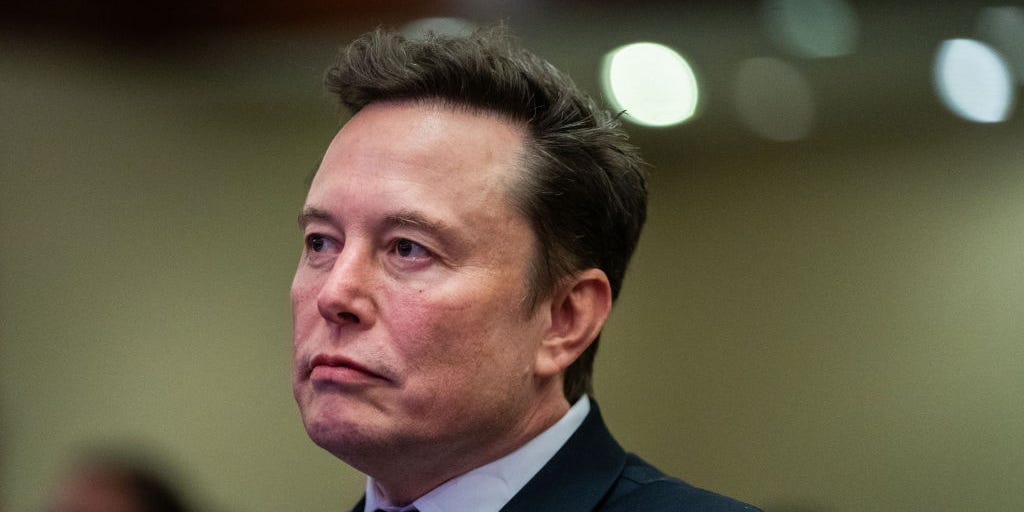Introduction
In the wake of political promises and ambitious plans, the newly established Department of Government Efficiency (DOGE) is set to reshape federal operations. Originally intended as an independent advisory entity, the reality of DOGE’s formation reveals a significant shift in its structure and objectives.
Initial Promises vs. Reality
Conceived shortly after Donald Trump’s electoral victory, DOGE was envisioned to streamline government processes and eliminate unnecessary regulations. The participation of notable billionaires, including Elon Musk and Vivek Ramaswamy, was heralded as a game-changer, aimed at ushering in a new era of operational efficiency. However, upon receiving its official designation via executive order, DOGE’s framework shifted from an autonomous advisory group to an integral arm of the White House.
Structural Changes
The transformation includes the replacement of the Obama-era U.S. Digital Service with DOGE, which now operates with a fraction of the former’s workforce — scaling down from over 200 employees to just 20. The rebranding suggests not just a change in name, but a fundamental alteration in the operational ethos of this government agency.
Leadership Adjustments
Ramaswamy’s exit from the leadership role has raised eyebrows, particularly as he shifts focus to a gubernatorial run in Ohio. This reshuffling raises questions about the initial direction of DOGE and its capabilities moving forward without the input of its originally proposed co-leader.
Legal Implications of Integration
Experts suggest that folding DOGE into the federal government may mitigate potential legal challenges, evidenced by lawsuits that followed its initial announcement. However, the integration carries its own complications, such as adherence to public transparency and ethical standards, which could impact its effectiveness and operational agility.
Funding Concerns
With DOGE now rooted within the government, Musk’s ability to utilize private funds for its operations is restricted. Yet, some analysts believe that creative funding measures may still allow for considerable influence from private resources, raising ethical questions about the blurring lines between public service and private interest.
DOGE’s New Mission
The stated goal of DOGE, now focused on modernizing federal technology to boost efficiency, reflects a broader ambition to reshape how government operates. Meanwhile, traditional measures, like those from the Office of Personnel Management, echo DOGE’s foundational motives by advocating for workforce streamlining.
Key Takeaways
- DOGE’s structure is now part of the White House, conflicting with its original advisory vision.
- The agency’s workforce has drastically reduced, raising concerns about its effectiveness.
- Leadership changes may redirect DOGE’s initial goals and strategies.
- Legal and ethical considerations will play a crucial role in the operation of this government body.

